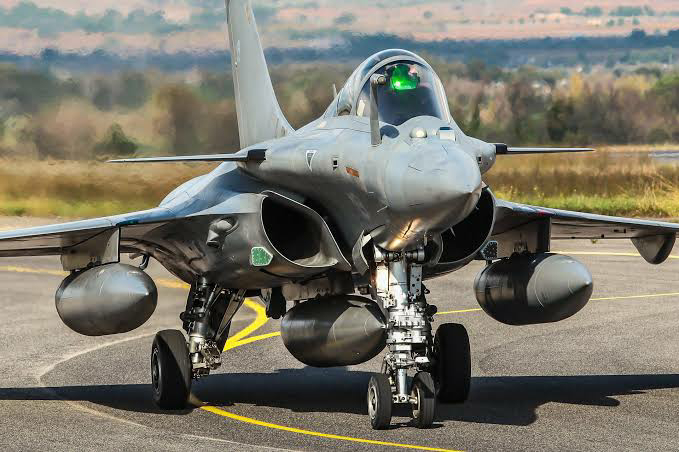Russia offers joint development of Amur-1650-like submarine with 80% localization for India's Project 75
Russia is offering to jointly develop a non-nuclear submarine with India based on the Russian Amur-1650 submarine. This offer comes after Russia stated that it would not be bidding for India's P-75I diesel submarine project. The proposal includes a localization level of up to 80%.
India issued an RFP to five foreign contenders, including Russia, in 2021 for the development of diesel-electric submarines under the P-75I project. The offer from Russia to jointly develop a submarine with India based on the Amur-1650 could be an alternative solution for India's P-75I project.
It remains to be seen how India will respond to Russia's proposal and whether it will affect India's plans for the P-75I project. It is also unclear what the terms and conditions of the joint development agreement between Russia and India would be if it were to go forward.
It seems that the P-75I project's future is uncertain after most foreign manufacturers, including Russia, decided not to compete for the project. The P-75I project requires six advanced diesel-electric attack submarines with various capabilities such as AIP, ISR, SOF, AShW, ASW, ASuW, land-attack capabilities, andn other features.
Despite backing out of the P-75I tender, Russia is now proposing a variant of cooperation that involves jointly designing and producing a national non-nuclear submarine under the P-75I program. The proposed submarine is based on the Russian Amur-1650 submarine, and the joint development agreement is expected to have a localization level of up to 80%.
It remains to be seen whether India will accept Russia's proposal and whether it can fulfill the P-75I project's requirements. If the joint development agreement goes forward, it could be a significant opportunity for both countries to strengthen their defense ties and enhance their submarine capabilities.
The Deputy Director of the Russian Federal Service for Military-Technical Cooperation, Vladimir Drozhzhov, has stated that if the joint development agreement for the non-nuclear submarine under the P-75I program based on the Amur-1650 platform goes forward, the localization of production can be increased to 70-80%. This means that a significant portion of the submarine's components and subsystems will be produced in India, which can help boost the country's defense industry and create more job opportunities.
Drozhzhov also mentioned that Russia has experience working with India on other naval projects, which can be beneficial in the implementation of the P-75I project. The proposed joint development agreement could further strengthen the defense ties between the two countries and enhance their cooperation in the defense sector.
It appears that foreign contenders that received the RFP from India withdrew from the tender for two reasons. The first reason is related to the qualitative requirements, particularly the emphasis on Lithium cell Air-Independent Propulsion (AIP). The second reason is related to a strict liability clause that puts the obligation on the foreign partner for the submarines' performance, despite them being built in Indian shipyards.
Due to the withdrawal of most foreign manufacturers, currently, the P-75I project has only one vendor, a South Korean company that is offering a proven fuel cell AIP system. This situation could affect the P-75I project's timeline and the final cost, as having only one vendor could lead to delays and potential cost overruns.
It remains to be seen how India will address the situation and whether it will modify the RFP's requirements to attract more vendors. If India cannot attract more vendors, it may need to rely on a single vendor, which could impact the project's overall competitiveness and affordability.







Comments
Post a Comment